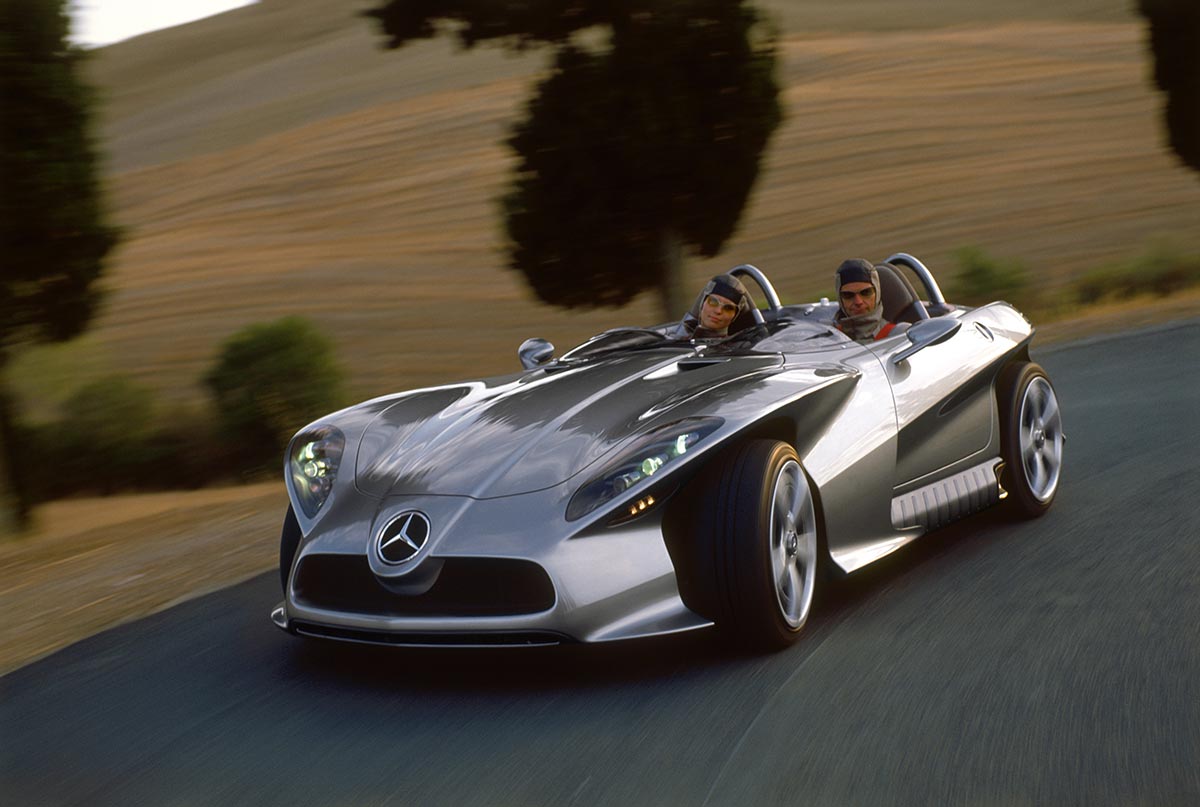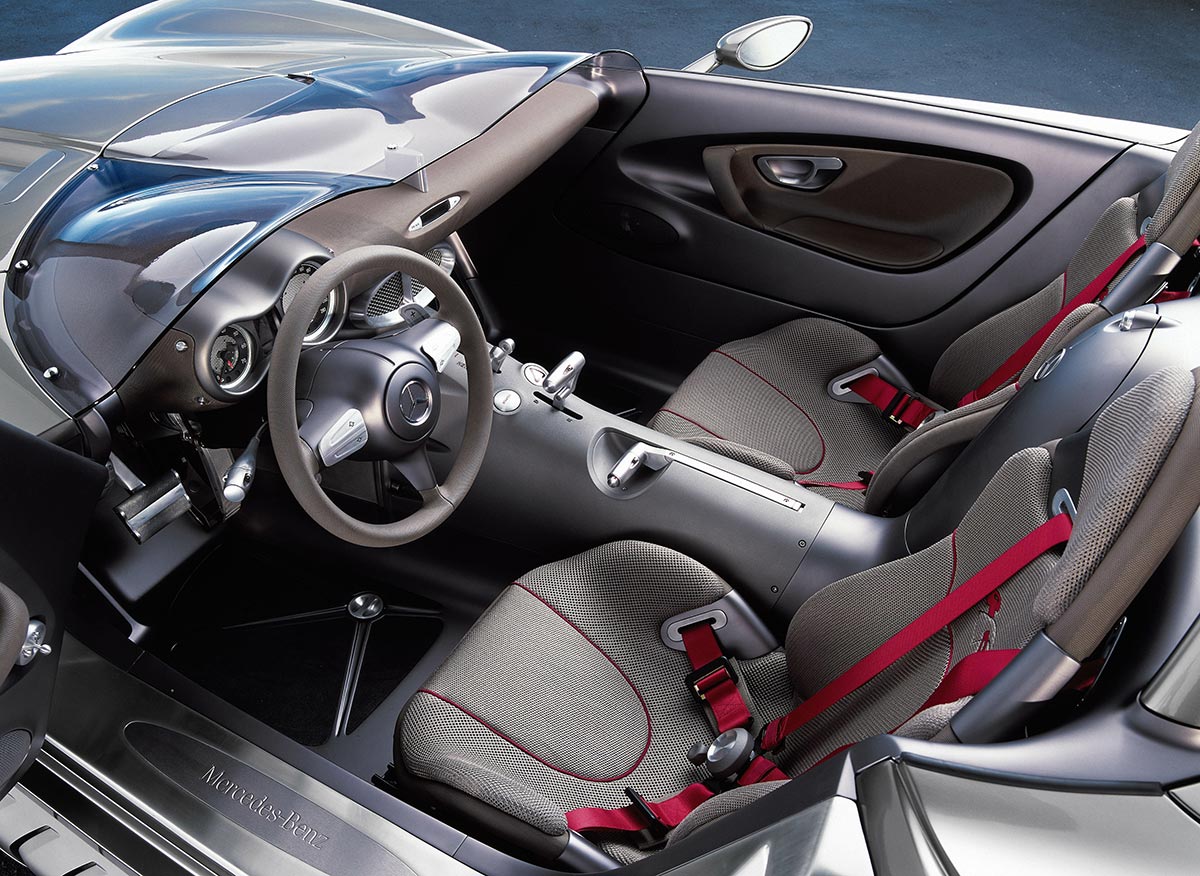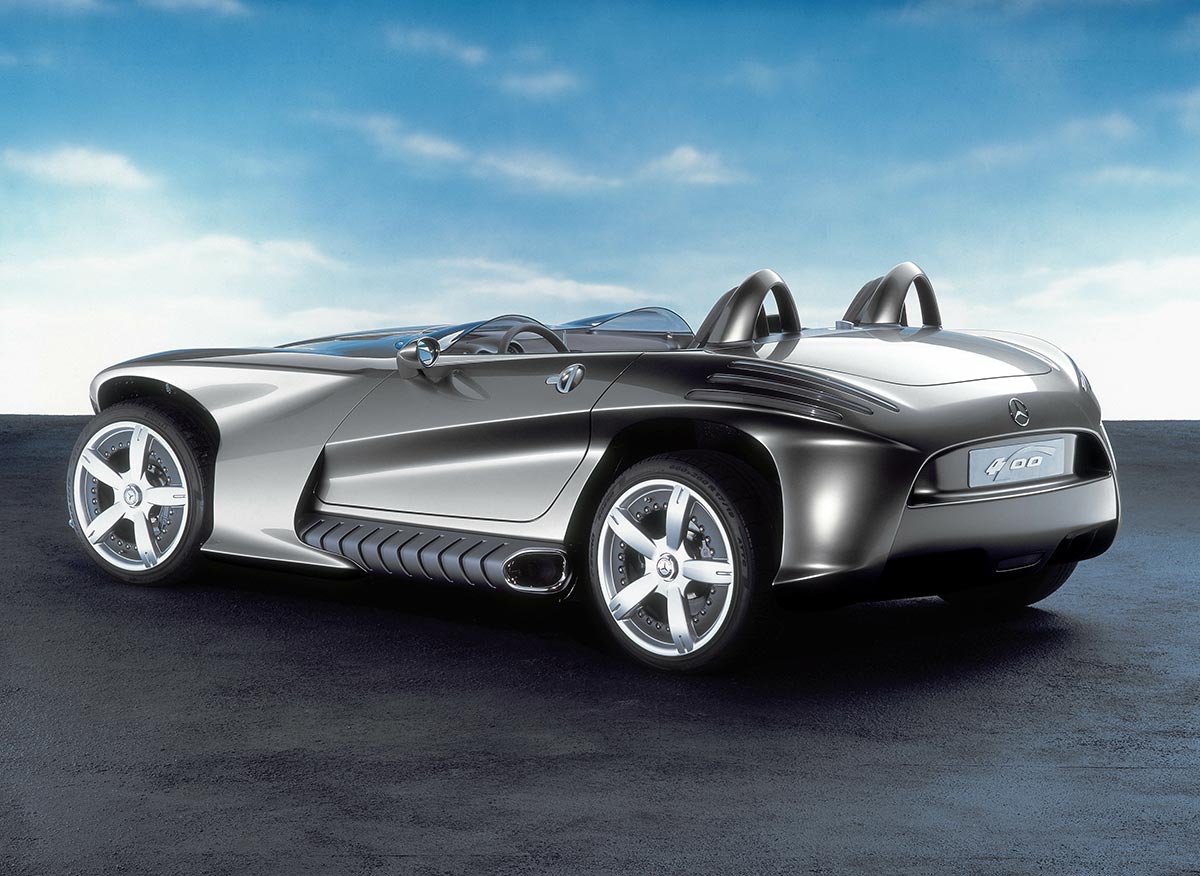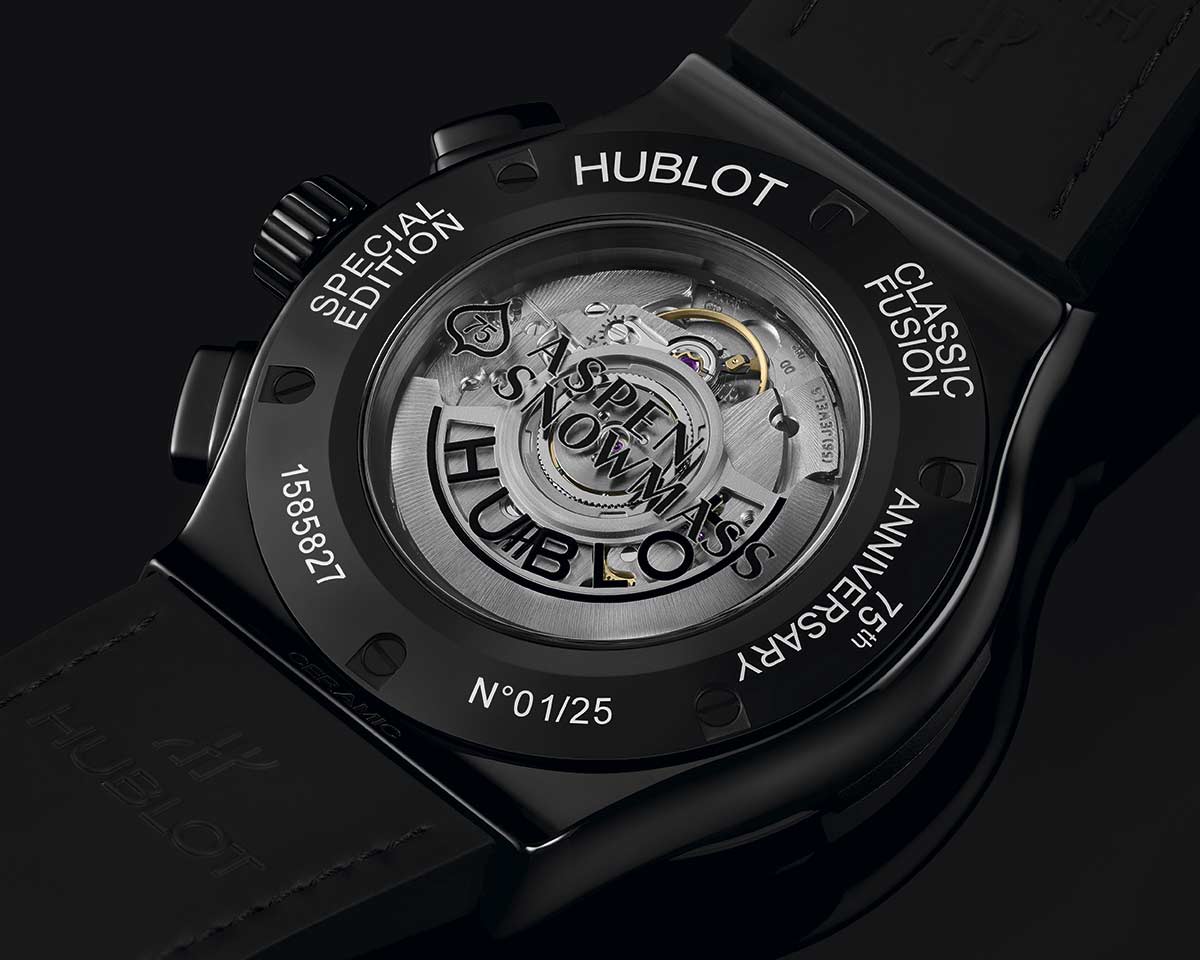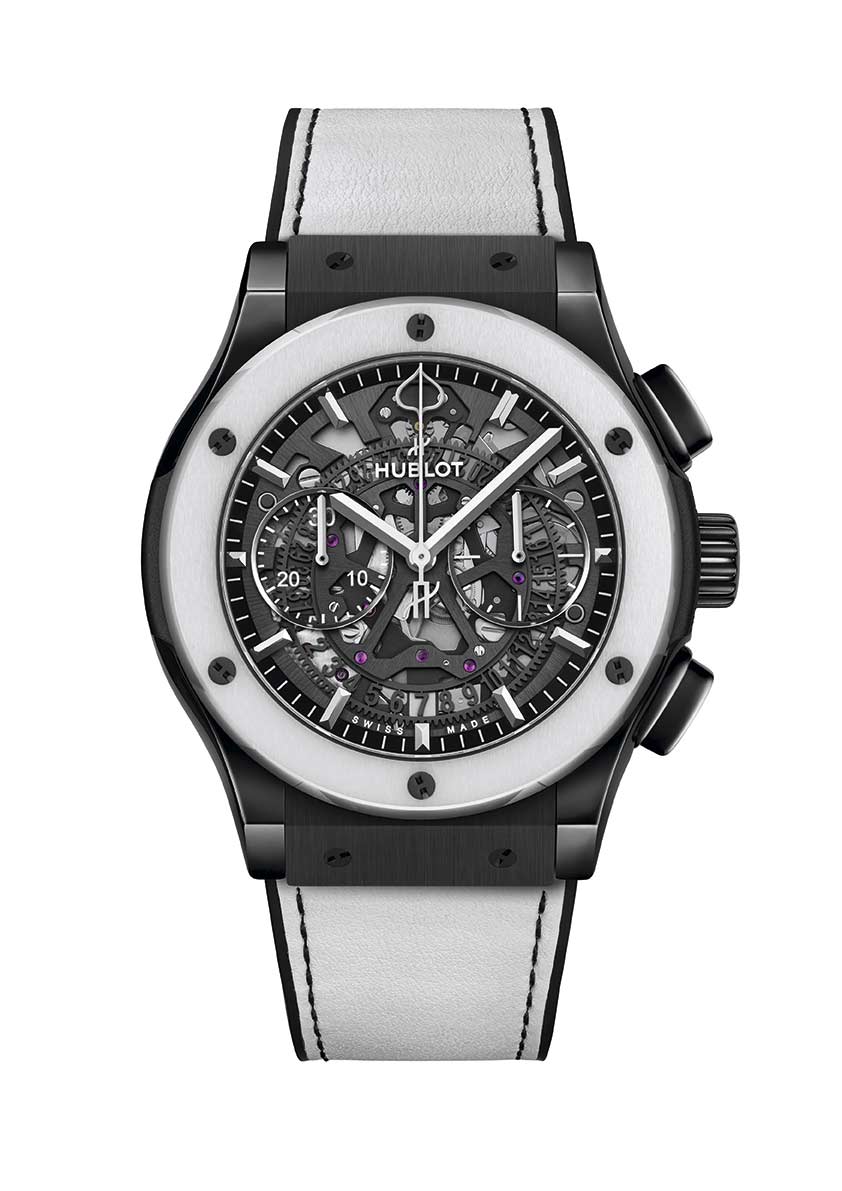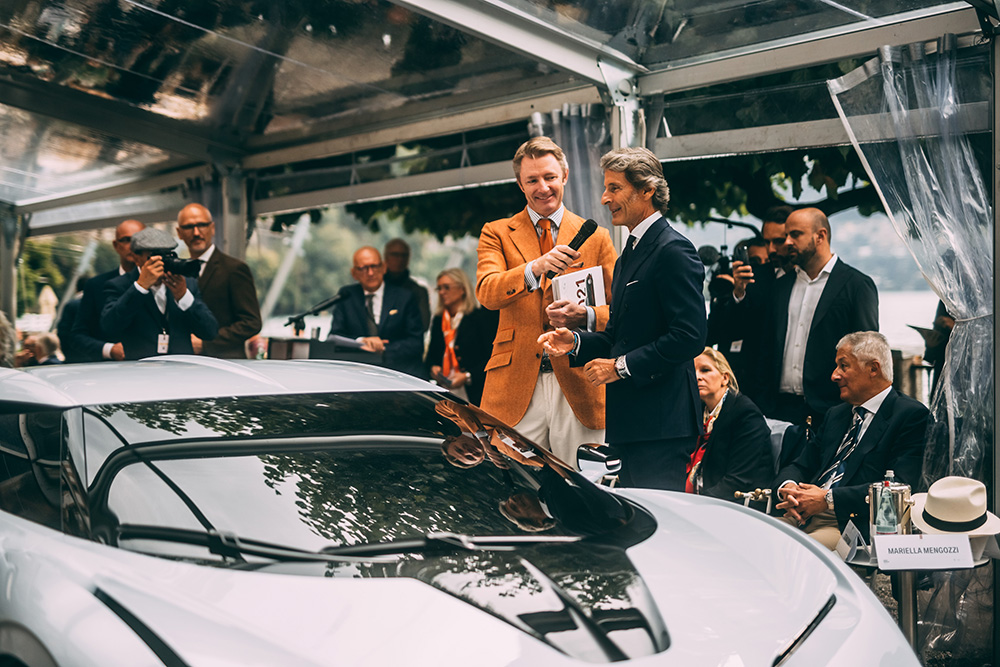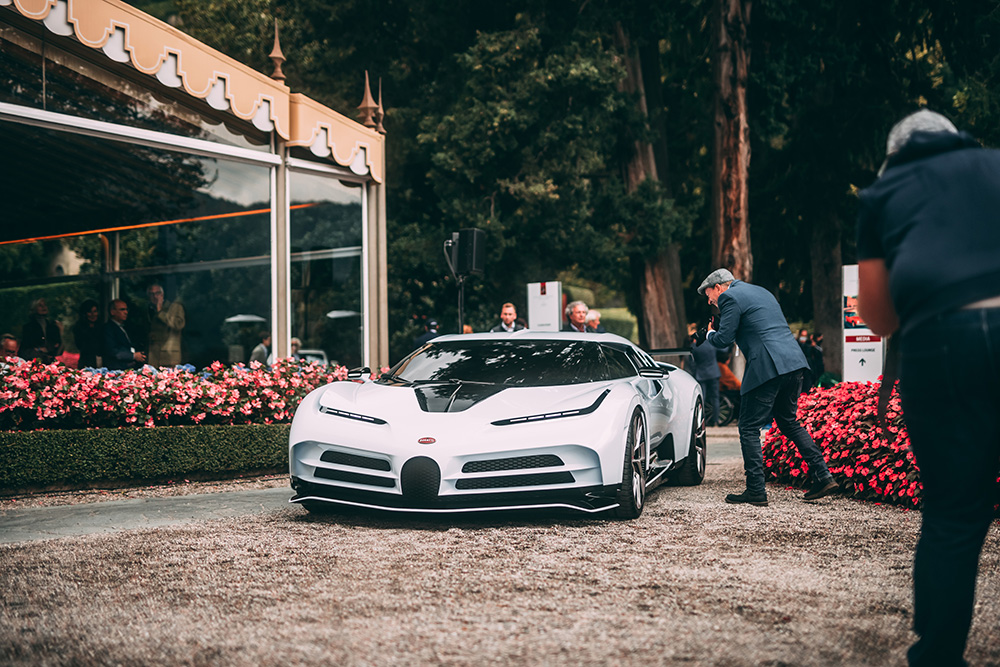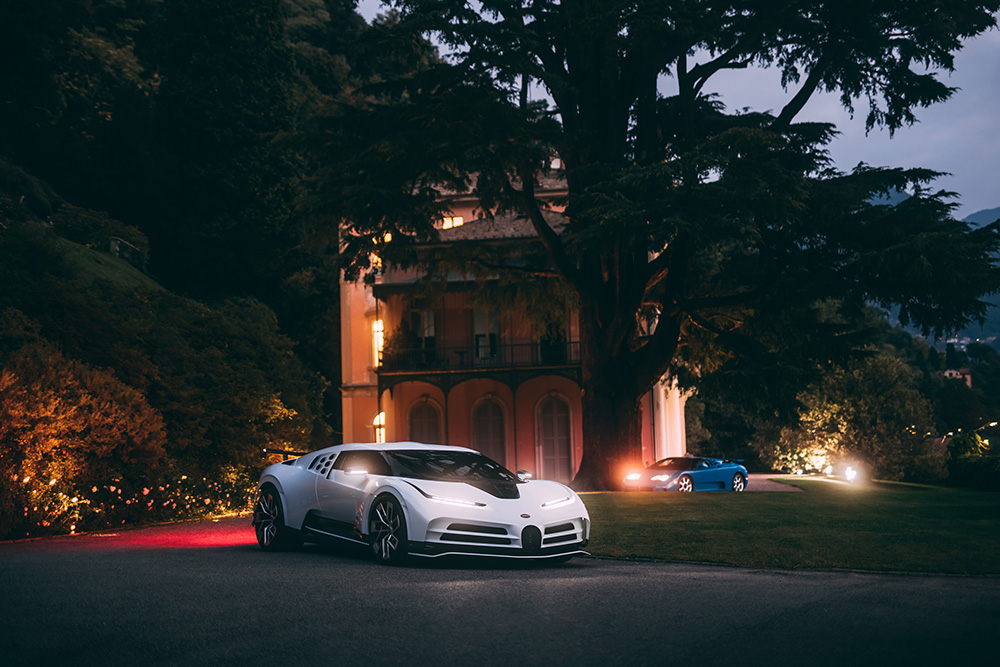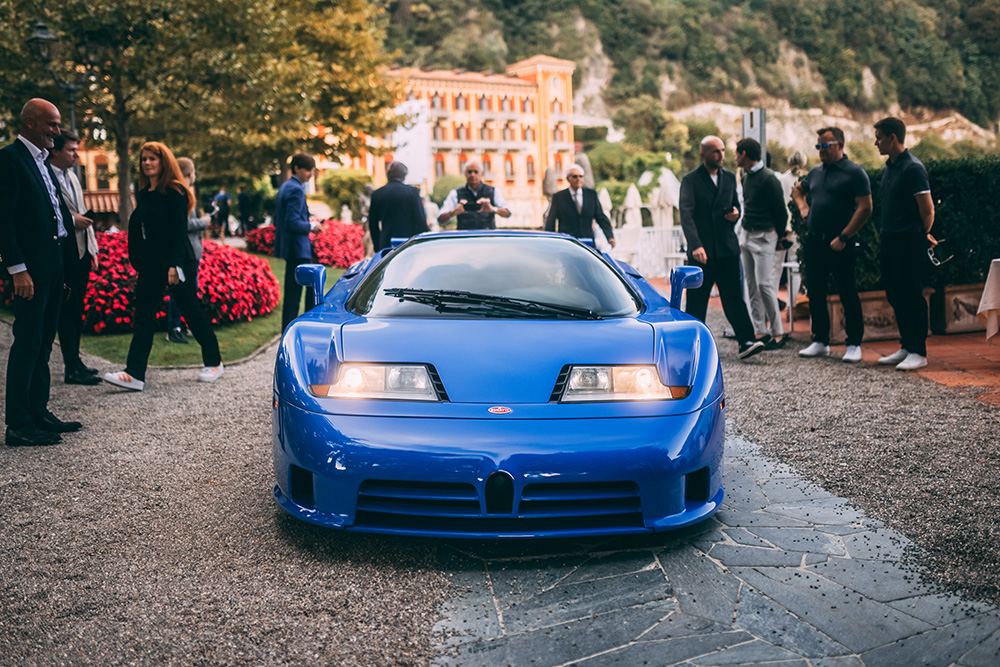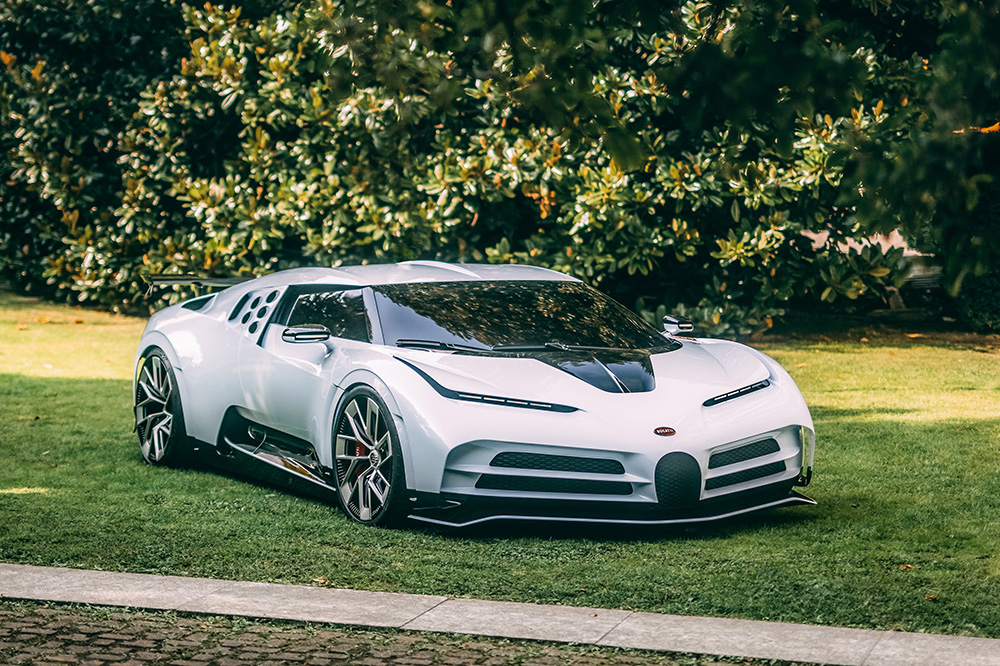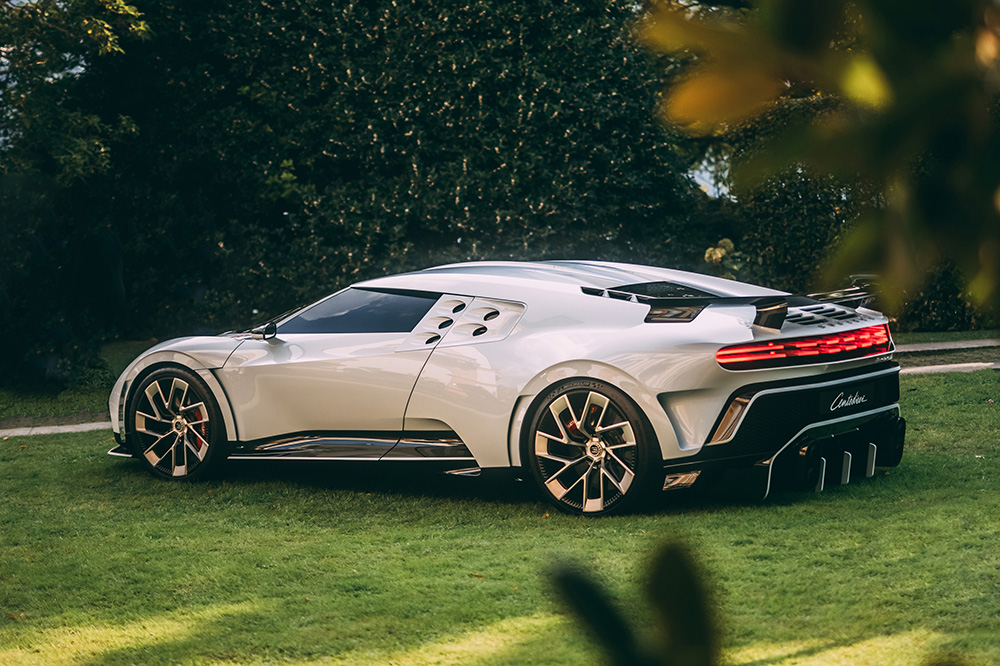To mark the round anniversary, the Bugatti Club Italia organized a special event between September 12 and 16: 40 historic Bugatti vehicles, including the Type 13, 22 and 23 from all over the world, celebrated the historic victory on the beautiful routes around Lake Garda. The start and finish of each day’s tour was the legendary city of Brescia. For over 35 years, the Bugatti Club Italia has kept the history of the famous French luxury brand alive – long before the first super sports car of modern times was created with the EB 110 in 1991.

With the Type 13 “Brescia” Bugatti was responsible for a turning point in the history of motorsport in 1921. The first of its kind, the open-top sports car heralded the end of large and heavy race cars just a few years later. From 1921, its light bodywork, superior chassis, and powerful engine allowed the Type 13 to leave its competitors for dust.
As did Ernest Jules Friedrich. The French race car driver and mechanic had been convinced of the Type 13 for some time and had won the famous Le Mans race one year previously. Racing in the Voiturette category in the race in Brescia, he performed lap after lap with great concentration, took corners with precision and speed, and crossed the finishing line first – ahead of his teammates Pierre de Vizcaya, Michel Baccoli, and Pierre Marco.

Voiturettes are lightweight, maneuverable race cars. Bugatti’s Type 13 is just such a vehicle – a mere 490 kilograms in weight and a 1.45-liter four-cylinder engine that initially offers 40 PS, and later 50 PS. The open-top two-seater hits a top speed of 150 km/h and can take corners at a pace thanks to its lightweight construction and precise chassis. With the Type 13, which went into production in 1910, Ettore Bugatti brought together his ideas, continued to refine the technology over the subsequent years steadily, and focused systematically on lightweight construction and high-quality workmanship.

First four-valve engine in a car
From 1914, the engine boasted a displacement of 1.35 liters, and from 1919, it featured the first four-valve cylinder head for faster gas exchange, allowing the four-cylinder engine to deliver 30 PS. Bugatti also introduced white metal for the crankshaft bearings and pistons for higher revs as well as a fuel pump and a pump that sprayed oil onto specific components. Easy-shift four-speed transmission made it easier for the driver to change gears frequently.
In 1921, Bugatti increased the displacement to 1.45 liters, while new ball bearings for the crankshaft, which were even lighter and more smooth-running, were introduced for the later race car. At the same time, Bugatti increased the engine’s compression ratio and the carburetor flow rate, opting for a dual magneto ignition for two spark plugs per combustion chamber. As a result, the racing engine delivered powerful combustion at high revs of up to 4,500 rpm. Light wire-spoked wheels that replaced heavy wooden wheels reduced the unsprung masses and increase the vehicle’s agility further still. The Type 13 essentially set the benchmark in motorsport. It was powerful, fast, and sinewy, like a racy thoroughbred; a “pur sang.”

In the 1920s, the Bugatti vehicles won virtually every competition they entered. The lightweight, powerful and reliable sports cars from Molsheim were superior on tough road races and hill climbs in particular, making them close to unbeatable.
Following its quadruple victory in Brescia, the French atelier sold 711 Type 13 Brescia vehicles with a four-valve head as well as 388 vehicles with engines featuring an easy-turn crankshaft with ball bearings. All the subsequent four-valve vehicles even officially bore the name “Brescia” in memory of this unique success. Bugatti also applied the Type 13 concept with other vehicle lengths like the Type 15, Type 17, Type 22, and Type 23. The Type 13 was produced in Molsheim until 1926, with Bugatti selling a total of approximately 2,000 units of the model.
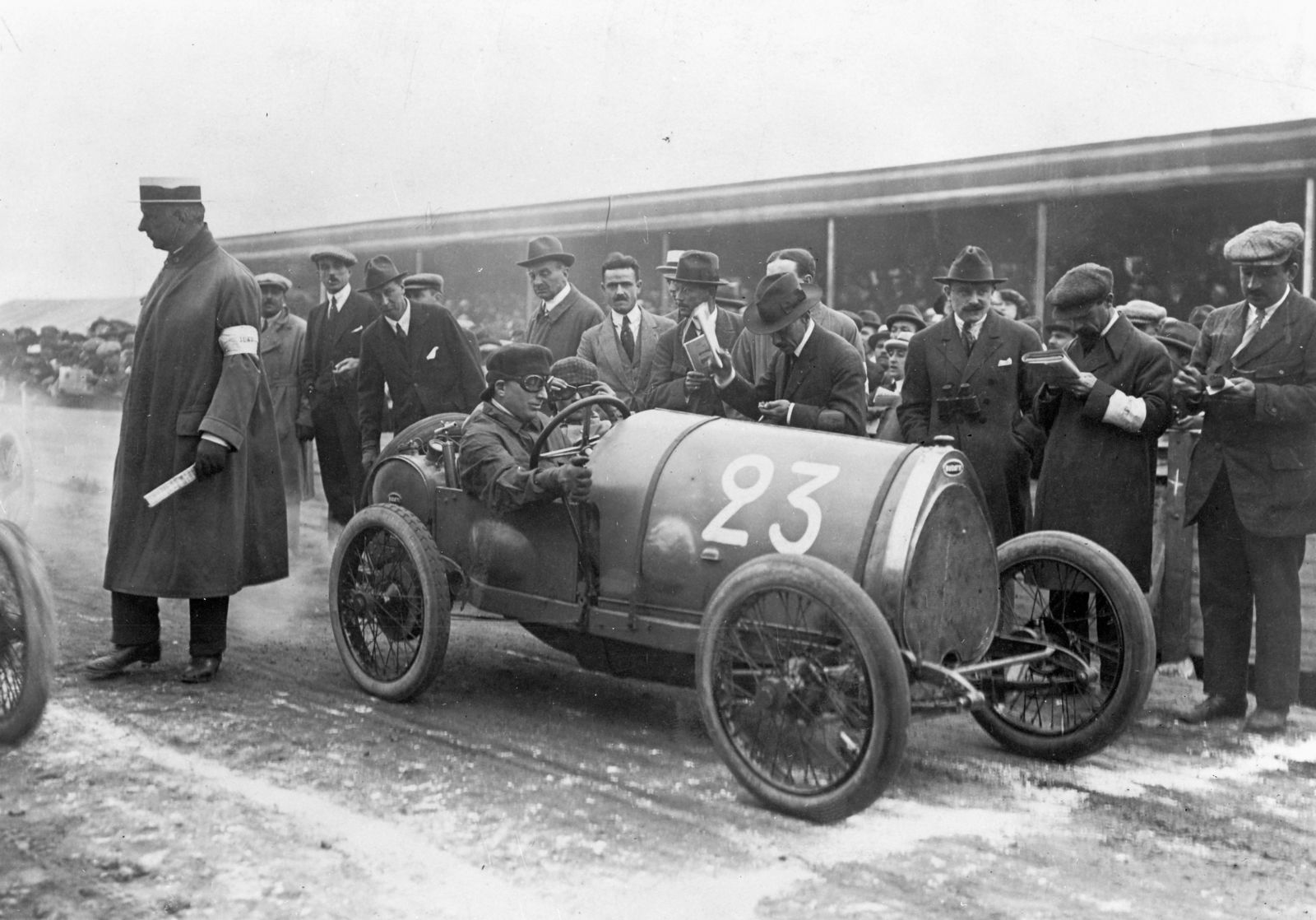
Bugatti Type 35 furthers the racing success
The staff began to assemble Type 35 vehicles in 1925. This vehicle furthered Bugatti’s run of success – in the subsequent years, it became the most successful race car of all time, having clocked up more than 2,000 wins. Among these wins were five consecutive victories in the Targa Florio in Sicily between 1925 and 1929, one of the toughest races of its time. With this impressive success story, the Type 35 therefore followed in the footsteps of its successful predecessor a few years previously in Brescia.





